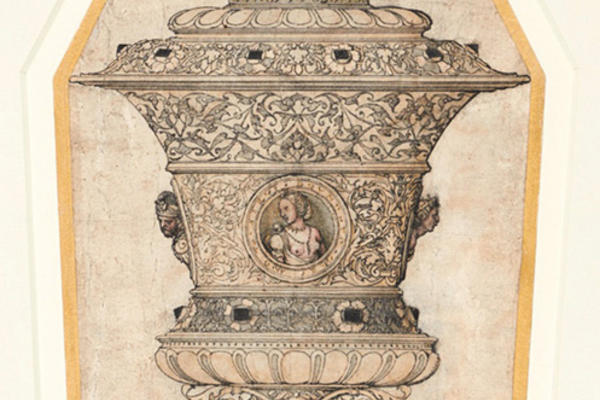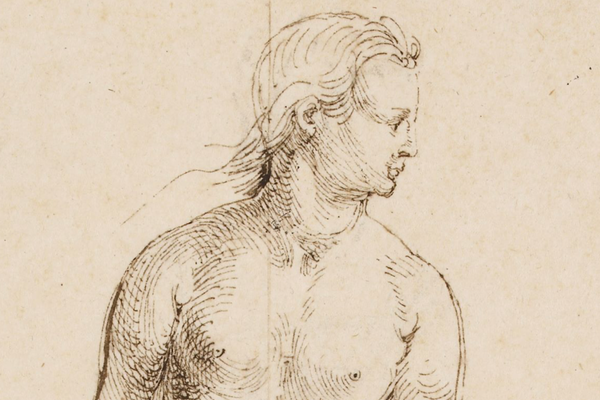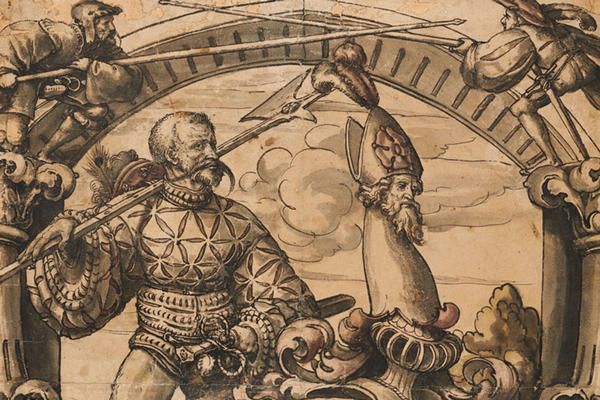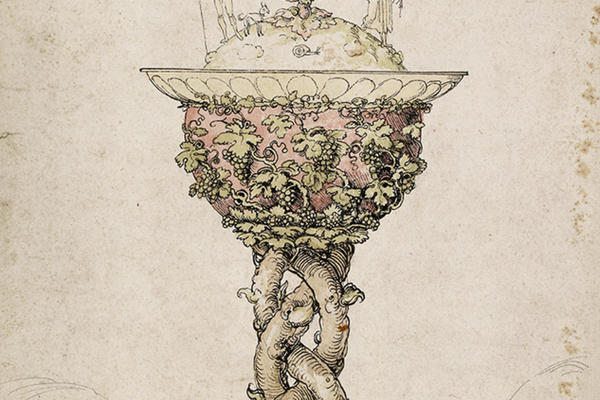GERMAN DRAWINGS DIGITAL PROJECT
GERMAN DESIGN DRAWINGS EXPLORED
THE FULL CATALOGUE
This project aimed to research and catalogue more than 300 sheets created by draughtsmen in German-speaking countries between 1450 and 1800. View the digital records for these sheets, with accompanying research information.
ABOUT THE RESEARCH PROJECT
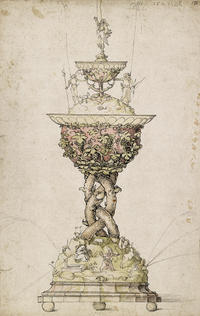
This 2022 project aimed to research and catalogue – through drawings scholarship and digital innovation – more than 300 sheets created by draughtsmen in German-speaking countries between 1450 and 1800.
This group of outstanding works in the Ashmolean Museum’s collection had not yet been fully studied but required much-needed research into the drawings’ attribution, iconography and function.
The collection contains drawings by well-known artists such as Albrecht Altdorfer, Albrecht Dürer, Urs Graf, Matthias Grünewald, and Hans Holbein among others.
The Ashmolean’s collection is particularly strong in design drawings, which were intended as preparatory sketches for stained-glass windows, metalwork, silverware, etc. Despite their exploratory nature, these works rank amongst the greatest examples of German drawings worldwide.
The project was funded by the Getty Foundation’s The Paper Project: Prints and Drawings Curatorship in the 21st Century, with additional funding from the Oxford|Berlin Research Partnership. The funding enabled the Museum to employ a curator for the duration of the project, in addition to making the drawings accessible both to scholars and art lovers worldwide by digital means.
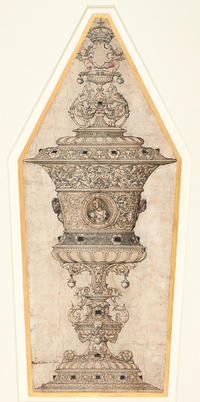
Research aims:
Vorsprung durch Design / Progress through Design
The project aimed to reactivate our knowledge about the Ashmolean’s collection of German drawings, by organising in-person and virtual knowledge-exchange workshops, bringing together expertise from different disciplines, and developing a digital presentation which connects the drawings with real-life objects from collections around the world.
Research questions included:
- How did the draughtsmen and craftsmen collaborate?
- Was the function of the drawings as showpieces or preliminary studies?
- Did these drawings circulate from the artist to the production workshops and back?
- From what stage did the drawings became the focus of collectors?
Images:
(Top right) Albrecht Dürer, Design for a table fountain, c. 1495–1505, pen and black ink with green, yellow, pinkish-brown and brown washes on laid paper, Ashmolean WA1938.25.
(Bottom right) Hans Holbein the Younger, Design for the Jane Seymour gold cup, c. 1536, pen and black ink with light washes of grey, yellow and pink, heightened with bodycolour in gold, on laid paper, Ashmolean WA1863.424.
Project funders:
Project dates:
1 April 2022 to 31 March 2023
Project team:
An Van Camp (Christopher Brown Curator for Northern European Art, Ashmolean Museum, University of Oxford)
Dr Mailena Mallach (Ashmolean-Getty Paper Project Curator for the German Drawings)
Research connections:
Albertina, Vienna
The British Museum, department of prints and drawings, London
Germanisches Nationalmuseum, Graphische Sammlung, Nuremberg
Friedrich-Alexander-Universität Erlangen-Nuremberg, Graphische Sammlung, Erlangen
Staatliche Graphische Sammlung Munich
Kupferstich-Kabinett, Staatliche Kunstsammlungen Dresden
Kupferstichkabinett, Staatliche Museen zu Berlin
Szépművészeti Múzeum, graphic collection, Budapest
Technische Universität, Berlin
University of Cambridge




